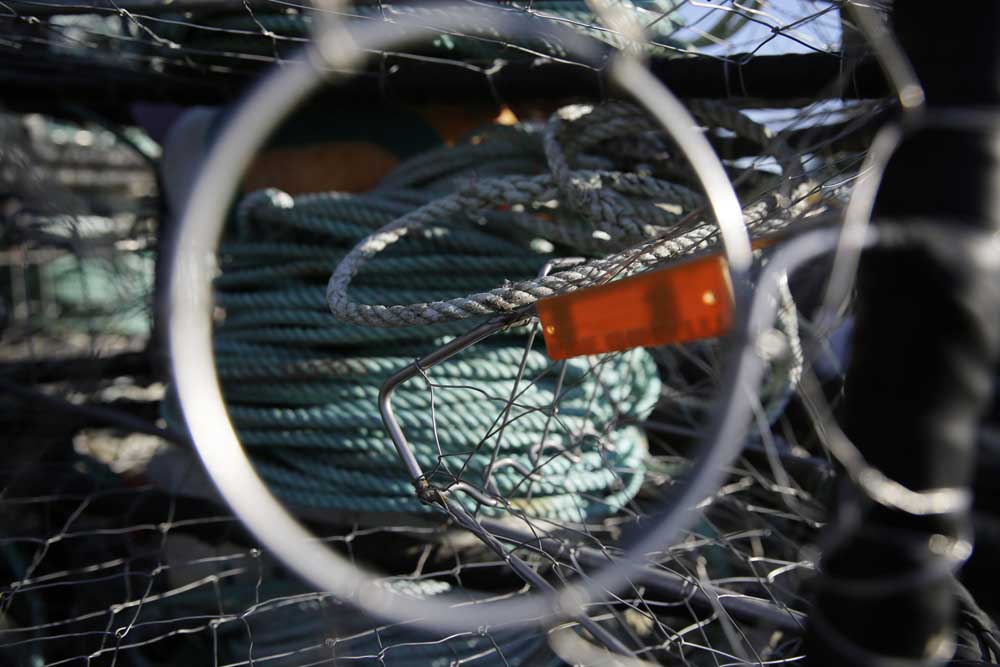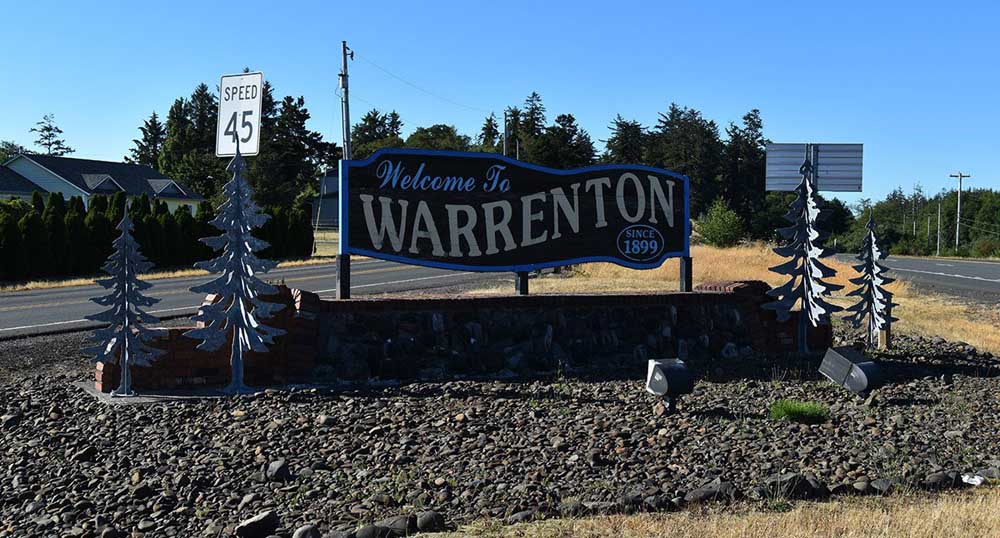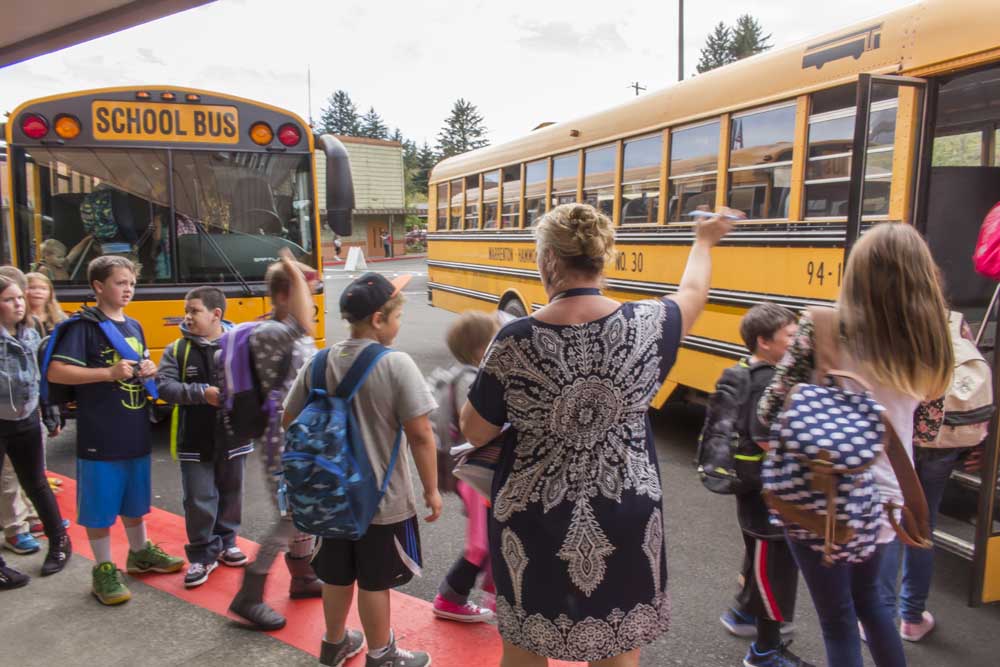Oregon adopts new rules for crab
Published 1:35 pm Monday, April 23, 2018

- Oregon has new rules to track crab.
Harmful algal blooms complicated commercial Dungeness crab seasons on the Oregon Coast for the past three seasons, threatening the viability of the state’s most valuable fishery.
Now fishery managers and industry representatives hope new rules will allow more flexibility for where and how fishing closures occur when toxin levels spike, as well as improve the state’s ability to track contaminated crab through the seafood market.
Traceability measures were put in place on a temporary basis last December. The Oregon Fish and Wildlife Commission made the rules permanent at a meeting Friday in Astoria. The five commissioners present all voted in favor of adopting the new rules, though Commissioner Bruce Buckmaster of Astoria said he did not want to inadvertently penalize companies who already might have efficient tracking systems in place.
He supported the “intent and efforts” of the rules, though, saying, “It is of benefit to the fishing fleet, it’s a benefit to the processors.”
Representatives from West Coast seafood processing giant Pacific Seafood attended Friday’s meeting and had advocated for the ability to use the company’s existing electronic tracking system. They also did not want to have to track the date of crab landed under an evisceration order — when crab is sold with the guts removed. The company’s representatives said it could be difficult to provide these landing dates given the high volume of seafood the company handles and mixed lots with large date ranges that might be pulled out of storage.
Doug Heater, sales and fleet manager for Bornstein Seafoods in Astoria, also opposed certain aspects of the rules. In a letter to the commission, he said that while he agreed there needed to be better record keeping to track domoic acid-related issues, the rules would negatively impact the seafood company, which already has a recall plan in place. He worried the rules could be costly to follow and also lead to a “steep decline” in sales if buyers, worried about compliance, started sourcing their crab outside of Oregon.
The new rules outline evisceration protocols that go into place when levels of the naturally occurring marine toxin domoic acid spike. The toxin can accumulate at high levels in a crab’s guts, but remove the guts and the meat is still safe to eat. The rules also establish 12 distinct crabbing zones on the Oregon Coast, narrowing the areas that can be closed or opened at any given time. The rules also require fishermen, buyers and sellers to prepare more documentation about exactly when and where crab were caught and to ensure that this trail follows the crab.
“There has been some more paper, but we haven’t found that it’s been too much of a burden on us,” said Cari Brandberg, of Living Pacific Seafood and Chelsea Rose Seafood in Newport. Brandberg represented independent buyers on an advisory committee that met last year to craft and hone the new rules.
“It’s been fairly easy to keep up on it,” she added. “I guess the real question is if there’s a recall ever, what will happen, and how easy it is to trace back.”
For buyers and processors, though, the rules offer a way to assure themselves and consumers that crab caught in certain places — at certain times — is guaranteed to be safe.
In the past, when crab is tested and found to have high levels of domoic acid in its viscera or meat, “our crab might be hot as well,” Brandberg said. “This way, we can say, ‘No, we know our crab is safe and free from domoic acid.”
Caren Braby, marine resources program manager with the Oregon Department of Fish and Wildlife, who presented the proposed rules to the commission, said the traceability rules serve a dual purpose: They keep consumers informed and safe, but also allow fishermen and processors to keep safe crab rolling toward market.
“It’s one more tool in the tool box in case domoic rears its ugly head and we have to make decisions on if we’re going to open and where we’re going to open,” said Hugh Link, executive director of the Oregon Dungeness Crab Commission. He had not yet seen the final rules the Fish and Wildlife Commission approved, but was familiar with the proposal and last year’s discussions.
The rules might be a difficult adjustment at first, especially when it comes to the mass buying of Dungeness crab, he said.
“I think that over time, they’ll be adapted to,” he said, adding, “There’s always going to be little issues, unforeseen circumstances that we can cover a little later.”
The current commercial crab season was delayed not by domoic acid, but by the low amount of meat crabs were carrying, negotiations over the starting price per pound and bad weather. As of March 29, fishermen had landed more than 21 million pounds for an ex-vessel value of $63.5 million — both numbers up from the last season. The average price per pound has hovered at just under $3.





